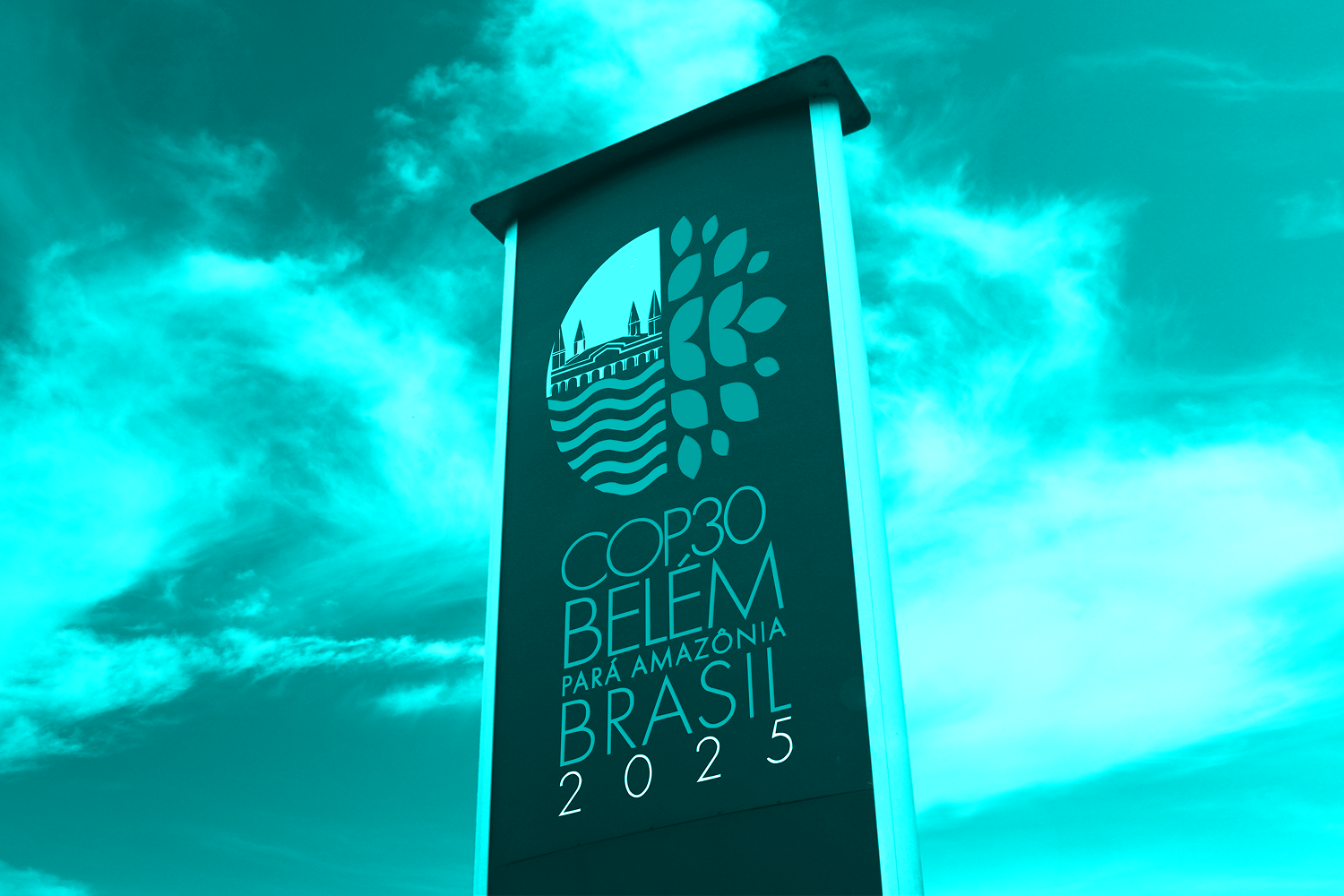What to expect at this week’s U.N. climate summit
It’s been a decade since the U.N. inked the Paris Agreement, the landmark treaty to hold the global temperature rise to 1.5 degrees C by the end of the century. (It’s such a big deal, we named this very publication after it.) Nations are converging in Brazil this week for the annual COP climate summit, where they assess progress and agree on climate-action priorities going forward. To level set: The outlook is better than it was in 2015, but nations’ grades are still decidedly so-so.
Negotiators have a lot to discuss, as COPs are a flashpoint between the world’s biggest emitters and those who disproportionately feel the impacts of human-caused warming. On the table this year are perennial topics like climate finance (i.e., rich nations paying for mitigation and adaptation efforts in nations unable to afford it), Indigenous rights, and a lack of follow-through on commitments to phase out fossil fuels.
What you can do: For now? Watch, listen, and learn. There’s a lot of complexity to these negotiations, but this preview from our pals at Grist makes it all digestible. Also, remember that the world is better off than it was pre-Paris, including being on pace to triple renewable capacity by 2030.
Free solar is coming to Australia
Here’s one to trot out the next time someone tries to convince you there isn’t enough sunshine to keep the lights on: Next summer, Australians in three states will start receiving free solar-powered electricity during the day. The country—which, with between 8 and 11 hours of sunshine a day, is one of the most sun-drenched in the world—is set to pilot a new plan to give households roughly three hours of no-cost solar power during the day.
How is this possible? The more than 4 million rooftop systems installed nationally have together generated enough electricity to overtake coal as the nation’s leading energy source—and supply to the grid during daylight hours. The program, called Solar Sharer, is an attempt to encourage people to handle energy-hungry tasks like laundry and EV charging during off-peak daytime hours. Residents of New South Wales, South Australia, and parts of Queensland will have initial access to the program, with a large-scale rollout set to follow in 2027.
What you can do: Continue to push to get more solar capacity online closer to home. That could mean installing panels on your roof, signing up for a community solar program, pushing for balcony solar to get through regulatory red tape, or chipping in with efforts to help speed up permitting for larger-scale developments.
Is the age of the electric pick-up over?
Ford Motor Company might pull the plug on the F-150 Lightning. The electric version of the best-selling pickup debuted in 2021, with many believing it would be the vehicle to convince truck-loving Americans to part with their gas-powered haulers. But that just hasn’t been the case. Fewer than 1,500 Lightnings sold in October compared to about 66,000 gas-powered F-150s.
The biggest friction points, per The Wall Street Journal, are the truck’s roughly $70,000 sticker price and the fact that its towing range drops sharply in cold weather. If Ford goes through with sunsetting the Lightning, it would be the first major U.S. automaker to nix production of an electric pickup—something many see as a troubling sign for the market. Ford plans to shift toward smaller, more affordable EVs while doubling down on its gas and hybrid truck lineup.
What you can do: Don’t let this scare you off. The Lightning’s sticker is something of an outlier in EV world, as prices for regular ol’ cars continue to flirt with parity with gas-powered models. Our country’s charging infrastructure is also growing rapidly every quarter. Read more about the state of modern EVs here.
A loophole for cleaner heat
The window for homeowners to cash in on federal tax incentives for upgrades like solar panels, air sealing, and heat pumps closes at the end of the year. But there’s a loophole that could allow folks to continue tapping the government for help cutting the carbon costs of heating their homes—the system that uses the most energy in any household, by a lot.
The One Big Beautiful Bill Act (🙄) left tax credits for commercially leased geothermal and thermal storage systems alone, reports Canary Media. Companies who install the setups can retain ownership of them and then pass along their federally-subsidized savings to customers via leasing agreements. Geothermal heat pumps tap into the Earth’s natural subterranean warmth, and thermal storage systems sock away heat (or cold) for later use—kinda like a battery.
What you can do: If you were mulling any big-ticket items, don’t forget that individual tax breaks go away on December 31. For everyone else, a leased geothermal setup could make a lot of financial sense: Canary reports the cost of a lease is around one-quarter of the potential energy savings.

